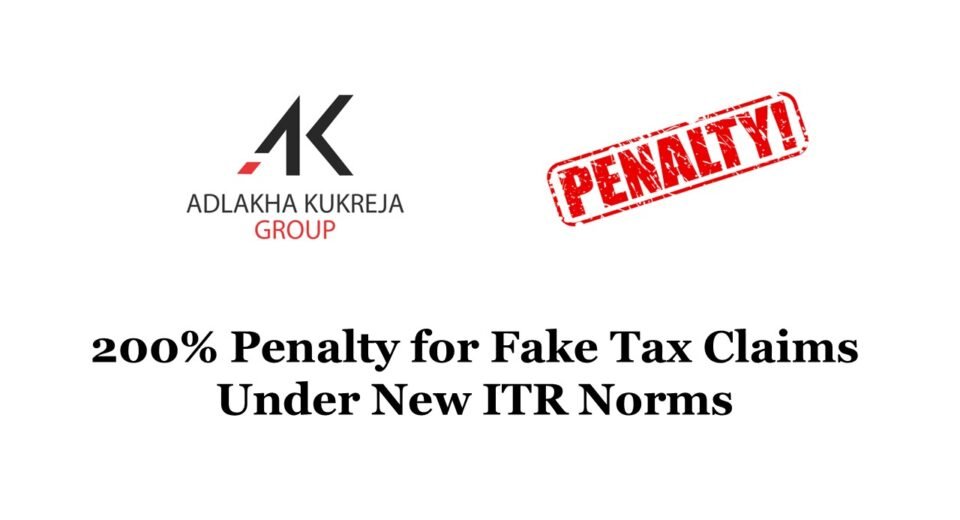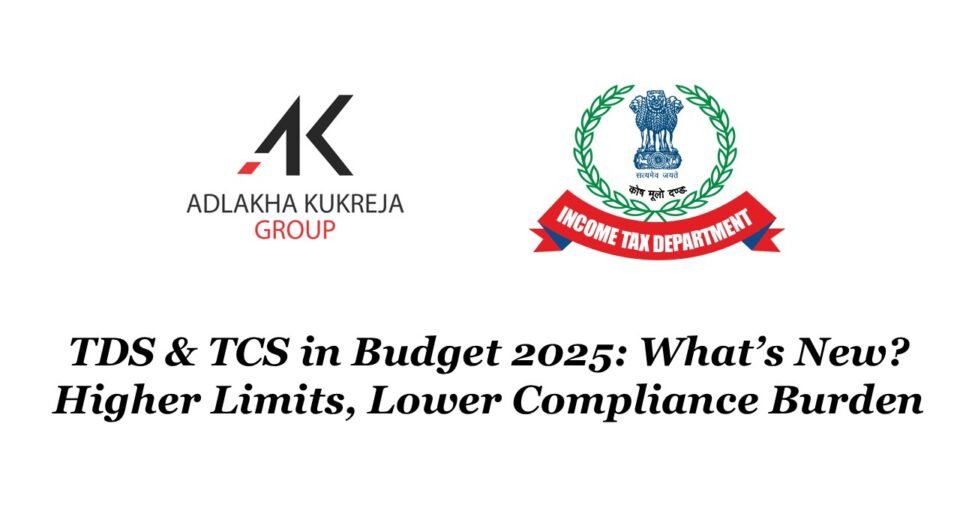
Changes on e-filing portal and Common issues while filing ITR
July 4, 2024
Key Highlights of Union Budget 2024
July 23, 2024The disclosure of foreign assets and income in ITR is a key requirement under the Income Tax Act, 1961. Schedule FA necessitates detailing all foreign assets, such as shares and mutual funds, in your ITR-2 or ITR-3. Irrespective of the slab rate applicable, you must file an ITR if you hold any foreign asset at any time in the financial year. The disclosure of foreign assets & income in ITR helps prevent tax evasion and money laundering. Additionally, it allows for claiming relief under the Double Taxation Avoidance Agreement (DTAA), ensuring fair taxation across borders. Clear any confusion regarding Disclosure of Foreign Assets and Income in ITR with our detailed FAQs below.
Q-1. Who is required to report Foreign Assets/Income?
Ans – Reporting foreign assets in Schedule FA is crucial for individuals and HUFs classified as residents and ordinarily resident (R&OR). Let’s break down the relevant provisions and exceptions:
- Schedule FA Filing Requirement: All residents and individuals who are Resident and ordinarily resident (R&NOR), as well as HUFs, must file Schedule FA. It includes individuals who hold foreign assets as a beneficial owner or who derive benefit from assets as a beneficiary.
- As per fourth proviso to Sec 139(1) of Income Tax Act, 1961: Residents holding overseas assets as beneficial owners, or as signing authorities on accounts located abroad and Beneficiaries of assets located outside India.
- As per Fifth proviso to Section 139(1) of Income Tax Act, 1961: The mandatory ITR filing requirement would not apply to an individual being a beneficiary of any assets (including any financial interest in any entity) located outside India, provided any income generated from such assets is includible in the income of the beneficial owner or legal owner.
- Foreign citizens’ disclosure exemptions: Foreign citizens classified as Residents and Ordinarily Resident (R&OR) who enter India on a business, employment, or student visa are exempt from disclosing foreign assets under Schedule FA and Foreign assets acquired during the period when the foreign citizen was a non-resident of India are not required to be reported, as long as no income is derived from these assets during the current Previous Year.
Q-2. Which period details are to be disclosed in the ongoing ITR filing for AY 2024-25?
Ans- Details of foreign assets/income are to be furnished calendar year wise (as most countries follow calendar year unlike India which follows financial year). Therefore, Details pertaining Jan’23 to Dec’23 needs to be disclosed for AY 2024-25.
Q-3. What if the assets are in the name of minor child?
Ans- Assets in the name of minor child needs to be disclosed, and the relevant income shall also be clubbed with parents.
Q-4. Is NRI and Resident but not ordinarily resident need to fulfil this requirement?
Ans – Non-Resident Indian (NRIs) and Resident but not ordinarily resident (R&NOR) are exempt from reporting.
Q-5. What is the key information required for reporting Foreign Assets?
Ans – While filing the schedule FA of Income Tax Act, you need to furnish following details for each foreign asset or foreign account held:
Country name or code with name of the foreign entity
Address and zip code of the foreign entity
Account number of the foreign repository
Status of the account and the account opening date or the date of acquisition of the asset
Initial value of the investment
The highest value of the investment during the accounting period.
The closing value of the investment on the last date of the accounting period.
The value of gross interest credited in the asset account during the accounting year.
The amount received during the sale or redemption of an investment during the accounting period.
Q-6. What are the details required in Schedule FA of ITR?
Ans – Below are the tables and descriptions, along with relevant examples.
| Table | Description | Examples |
| A1 | Details of Foreign Depositary Accounts | Savings accounts, checking accounts, and money market accounts held outside your country of residence. |
| A2 | Details of Foreign Custodial Accounts | Investment accounts are held with a custodian bank outside your country of residence. |
| A3 | Details of Foreign Equity and Debt Interest | Mutual funds, Stocks, bonds, and other financial instruments held in companies outside your country of residence. Also includes beneficial ownership of foreign entities. |
| A4 | Details of Immovable Property (Land and Building) Situated Outside India | Physical property such as houses, apartments, or land located outside your country of residence. |
| A5 | Details of Cash and Equivalent Outside India | Physical cash and other assets that can be easily converted to cash, held outside your country of residence. This may include precious metals or jewels. |
| A6 | Details of Loans and Advance Given Outside India | Money loaned to individuals or entities outside your country of residence. |
| A7 | Details of Unquoted Equity Shares Held Outside India | Shares in private companies located outside your country of residence. |
| A8 | Details of Investment in Business Outside India | Ownership interest in a business operating outside your country of residence. |
| A9 | Details of any other Foreign Asset or Financial Interest | Any other foreign asset or financial interest not covered in the above tables. |
| A10 | Details of Income from Foreign Assets | Income generated from the foreign assets listed above, such as dividends, interest, or rent. |
Q-7. How to declare foreign shares in ITR?
Ans – As per table mentioned above, these investments should be reported in Table A3 under Schedule FA in your ITR. The values of these assets must be reported in Indian rupees after converting them from the foreign currency. Dividends are taxable in the year they are earned, regardless of their remittance to India, and any foreign tax withheld can be claimed as a deduction in your Indian Income-tax Return to avoid double taxation. Taxpayers with foreign assets must disclose all such assets held at any point during the calendar year in their ITR form.
Q-8. What are the consequences of non-disclosure of Foreign Assets in ITR?
Ans – Following are the various consequences:
You might have to pay a penalty of INR 10 lakhs for every year that you fail to disclose your foreign assets.
Any non-reporting of foreign assets while filing the ITR is considered a willful evasion of tax, and you might have to face imprisonment of up to 7 years.
Non-declaration also revokes your right to claim relief under the Double Taxation Avoidance Agreement for your foreign income.
Q-9. How DTAA benefits can be claimed?
Ans – DTAA Benefits can be claimed in three modes:
- Deduction: Taxpayers can claim the taxes paid to foreign government as a deduction in the country of residence.
- Exemption: Tax relief under this method can be claimed in any one of the two countries.
- Tax Credits: Tax relief under this method can be claimed in the country of residence.
Q-10. What is the penalty for not declaring NRI status?
Ans – There is no penalty for failing to declare NRI status under FEMA (Foreign Exchange Management Act) guidelines. However, you are required to either close your current savings account or convert it into a Non-Resident Ordinary (NRO) savings account as soon as possible. Not taking these actions may lead to legal and financial consequences.
Final Thoughts
Disclosing foreign assets and income in the income tax return is crucial for Indian residents and ordinarily residents. Failure to do so can lead to hefty penalties under the Black Money Act and loss of DTAA benefits. Understanding and complying with these requirements ensures legal adherence and supports a fair taxation system.
You can always visit our website www.akcoindia.com/blog for reading such important information. And if you feel you need any assistance then you may just mail us at contact@akcoindia.com.
You may find our other blogs below:
Who should file an Income Tax Return (ITR)?: Click here
Old Tax Regime vs New Tax Regime: Click here
Relief to TDS Deductors wrt Inoperative PANs: Click here
Source Info: https://incometax.gov.in/




